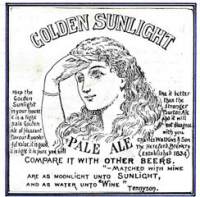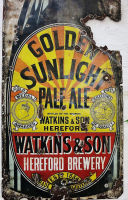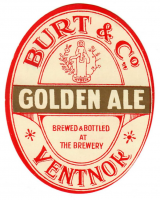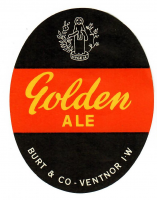duncan_disorderly
Well-Known Member
Cheers. Sounds like a plan.reply #280 (link) has some recent discussion on tartness in S-04.
Others have recently mentioned that people taste things differently (so there's not need for me to repeat that here).
Personally, I'd skip the starter for the 1st batch and see if I actually taste the tartness. So maybe a "split batch" with a different strain of yeast. Or maybe a split batch fermented at different temperatures.
I've tasted the tartness in the past, but maybe S-04 has changed with new processing methods? I have read though that the strain is a lactic acid producer, so the tartness is maybe built-in. From the AHA forum...
 Saccharomyces
SaccharomycesRe: Safale S-04
« Reply #14 on: 20-11-2020, 06:10:31 »
One should not have to ferment ales at what are effectively high lager temperatures in order to avoid off-flavors. The parent strain for S-04 was not selected for batch fermentation. It was selected for continuous tower fermentation (i.e., a bioreactor for beer). The strain is an acid producer, which is why it has a tart note.
NCYC 1026
Information Flocculent. NewFlo type flocculation. 1:5:4:5:5 O2, DMS 33 µg/l, low acetic, high lactic, diacetyl 0.42ppm only, used commercially in Tower Fermenters (continuous process), non head-forming, no estery flavour. Contains 2µ plasmid.
Depositor British Brewery
Deposit Name Saccharomyces cerevisiae






























































